
Photo courtesy of ROTAK Helicopter Services.
Photo courtesy of ROTAK Helicopter Services.
he dark images of the sunken wreck Endurance in the banner of the Endurance22 website entices visitors like a popular drama series. And no doubt, the entire story—from Ernest Shackleton and crew abandoning the Endurance after the sea ice overwhelmed the ship to the multiple searches for the lost wreckage—possesses a Hollywood-caliber storyline.
In March of this year, the story finally found its happy ending when a team of sixty-four world-leading marine archaeologists, engineers, technicians, and sea-ice scientists boarded a South African icebreaker to find the one thing that didn’t survive Shackleton’s 1915 expedition.
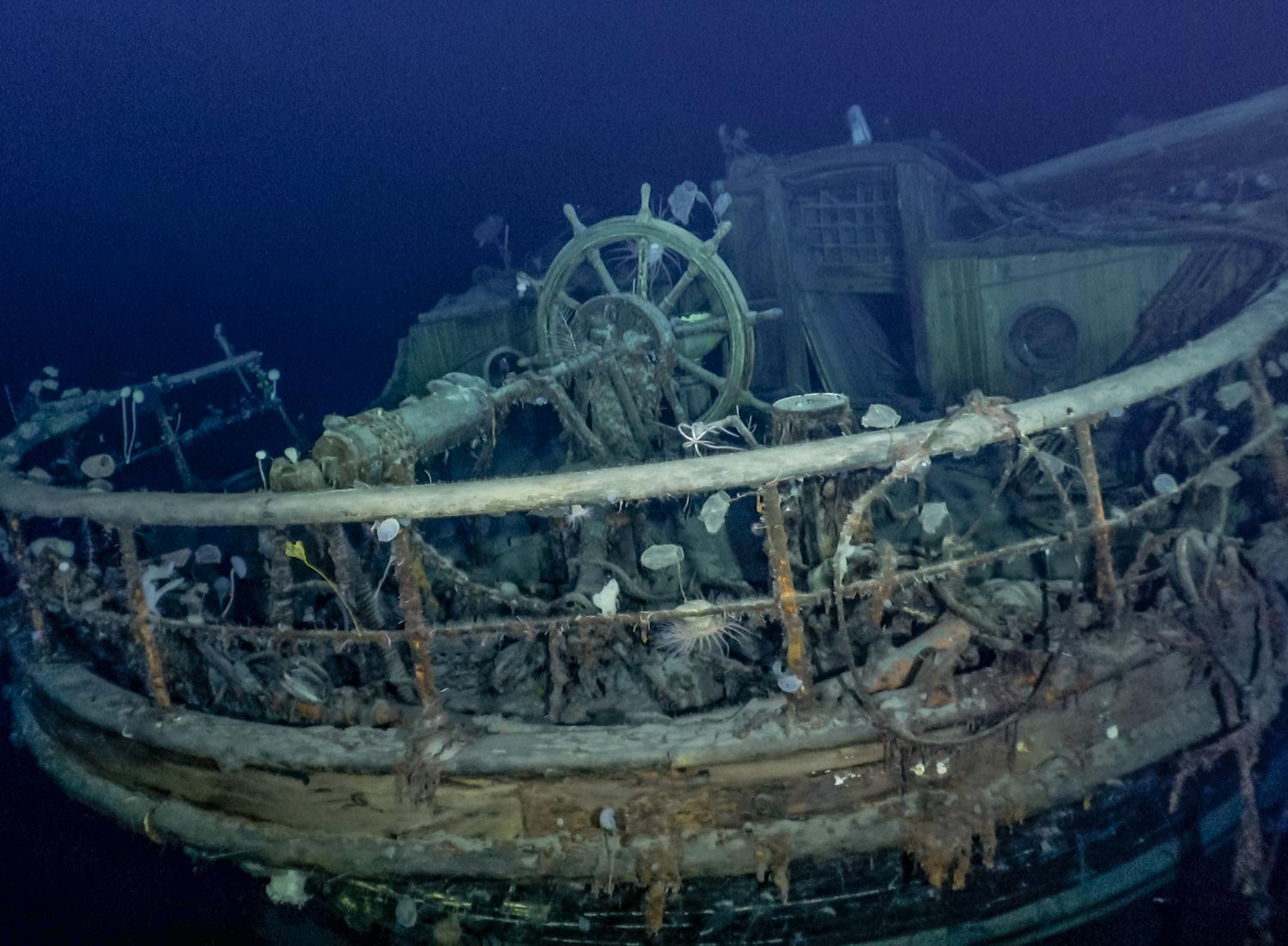
Photo courtesy of Falklands Maritime Heritage Trust.
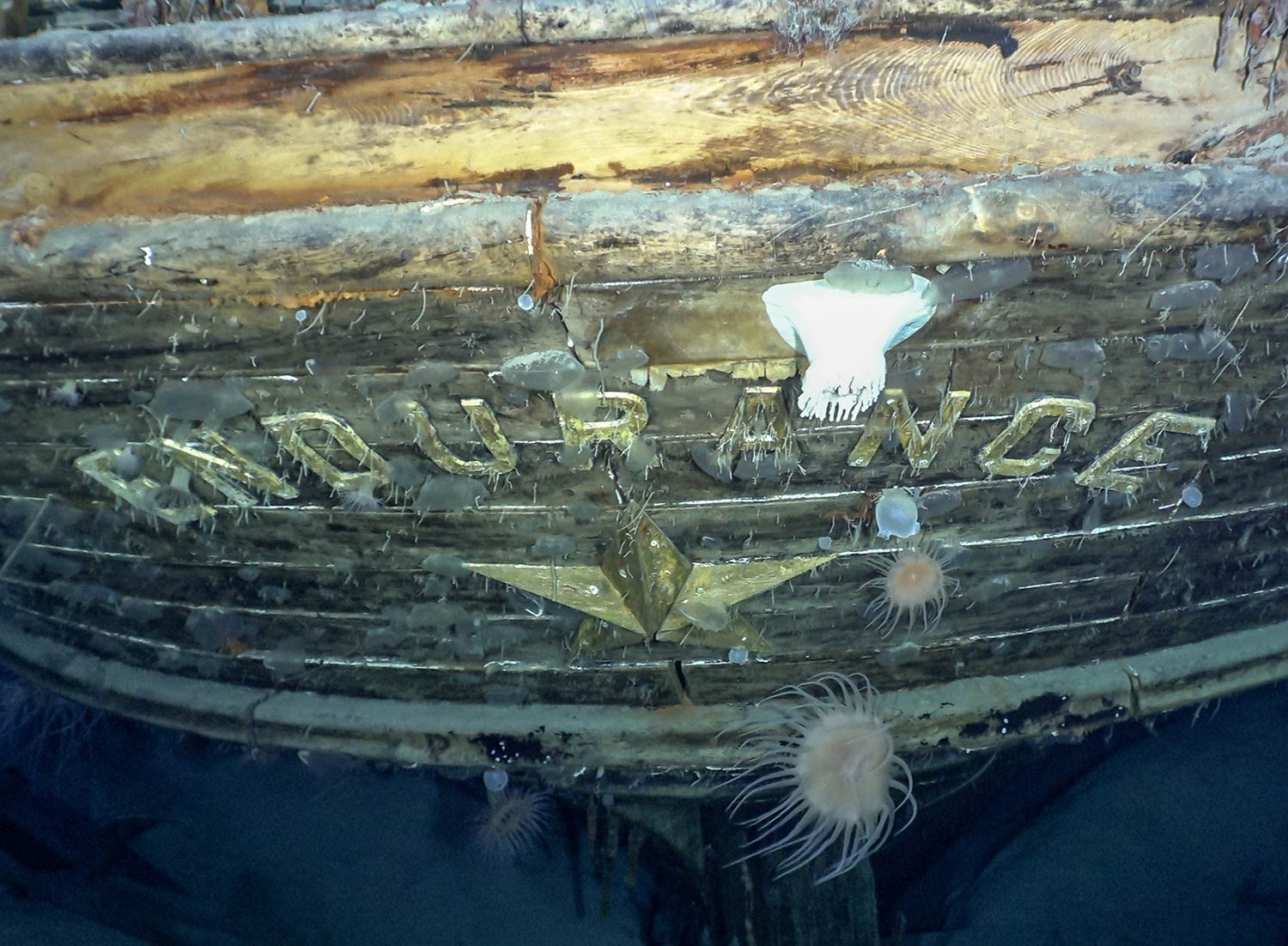
Photo courtesy of Falklands Maritime Heritage Trust.
In the winter of 1915, sea ice crushed and sank their ship, the Endurance, shortly after pack ice took hold. The twenty-eight-person crew survived in makeshift camps on the ice before taking lifeboats to the uninhabited Elephant Island. From there Shackleton led a five-man team on an 800-mile open-boat journey to the British Overseas Territory of South Georgia where he was able to launch a rescue for the remaining crew back on Elephant Island.
According to the Endurance22 website, “On the day the crew abandoned Endurance, Captain Frank Worsley wrote the coordinates where the ship sank in his diary: 68°39’30” S, 52°26’30” W.” The Endurance22 expedition crew used that information to locate the lost vessel.
“When the research vessel S.A. Agulhas II arrived at the Weddell Sea, the icebreaker was able to reach the search area and deploy the AUVs without needing the support of the heavy lifting K-MAX,” says Chris Maynard, director of business development for ROTAK.
Yet, getting the K-MAX to the search site was a mini adventure on its own. Ultimate Heli, a South African helicopter operator providing passenger support, asked ROTAK to join the expedition when the original heavy-lift helicopter in the region was unable to join the mission. ROTAK had less than a week to prep the helicopter for shipment from the United States to South Africa.
Maynard says sending the helicopter to South Africa was a daunting task. First, ROTAK had to fly the K-MAX from California to Olympia, Washington, where mechanics disassembled it for shipment on an Atlas Air cargo flight. When they were unable to get a cargo flight out of Seattle in time to make the expedition, they had to truck the aircraft to Chicago. There, they loaded the aircraft into a 747 to Johannesburg, South Africa. From there, they trucked the aircraft to Cape Town, where a ROTAK team reassembled the aircraft, performed a test flight, and then loaded the aircraft on the research vessel.
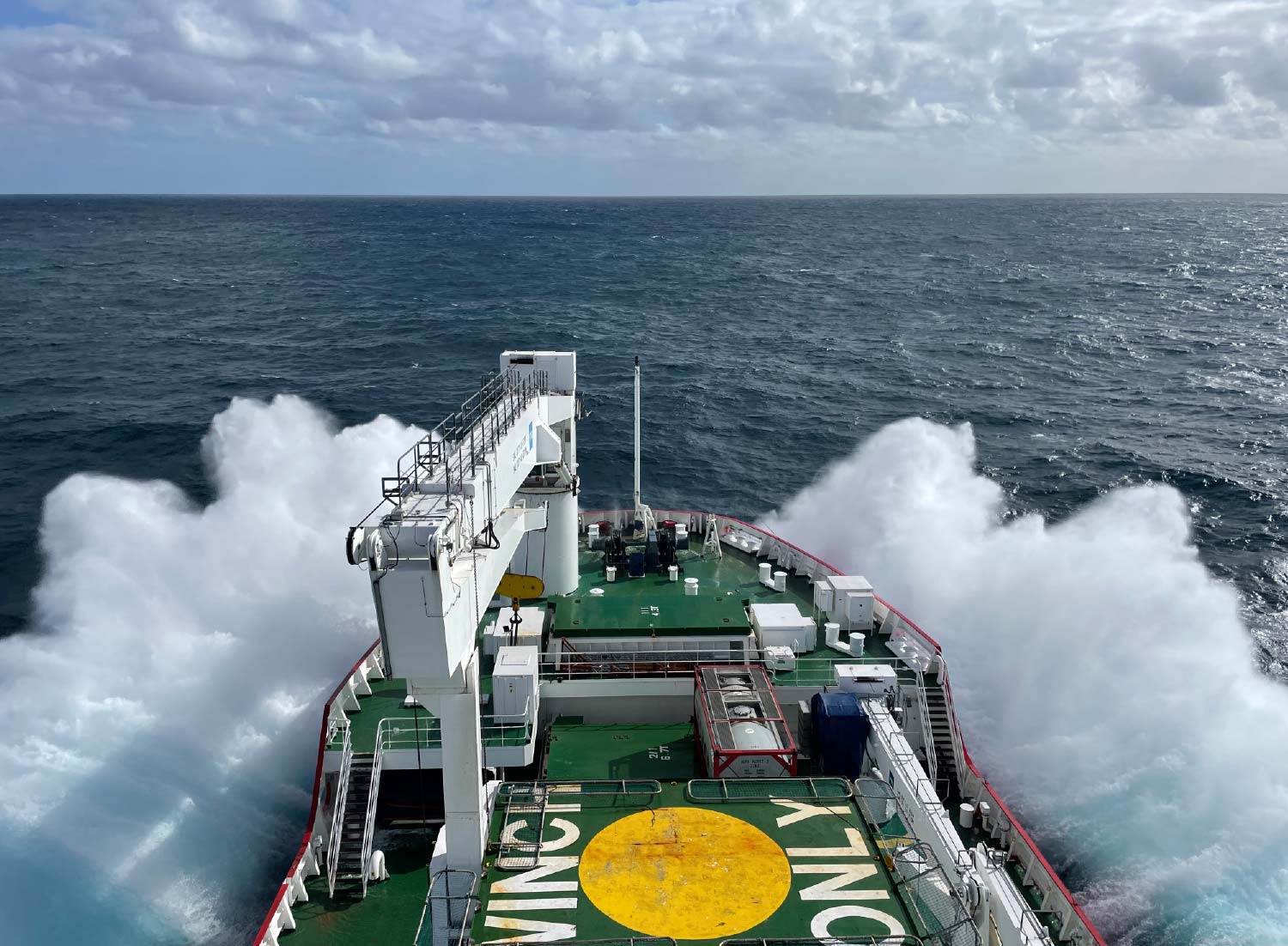
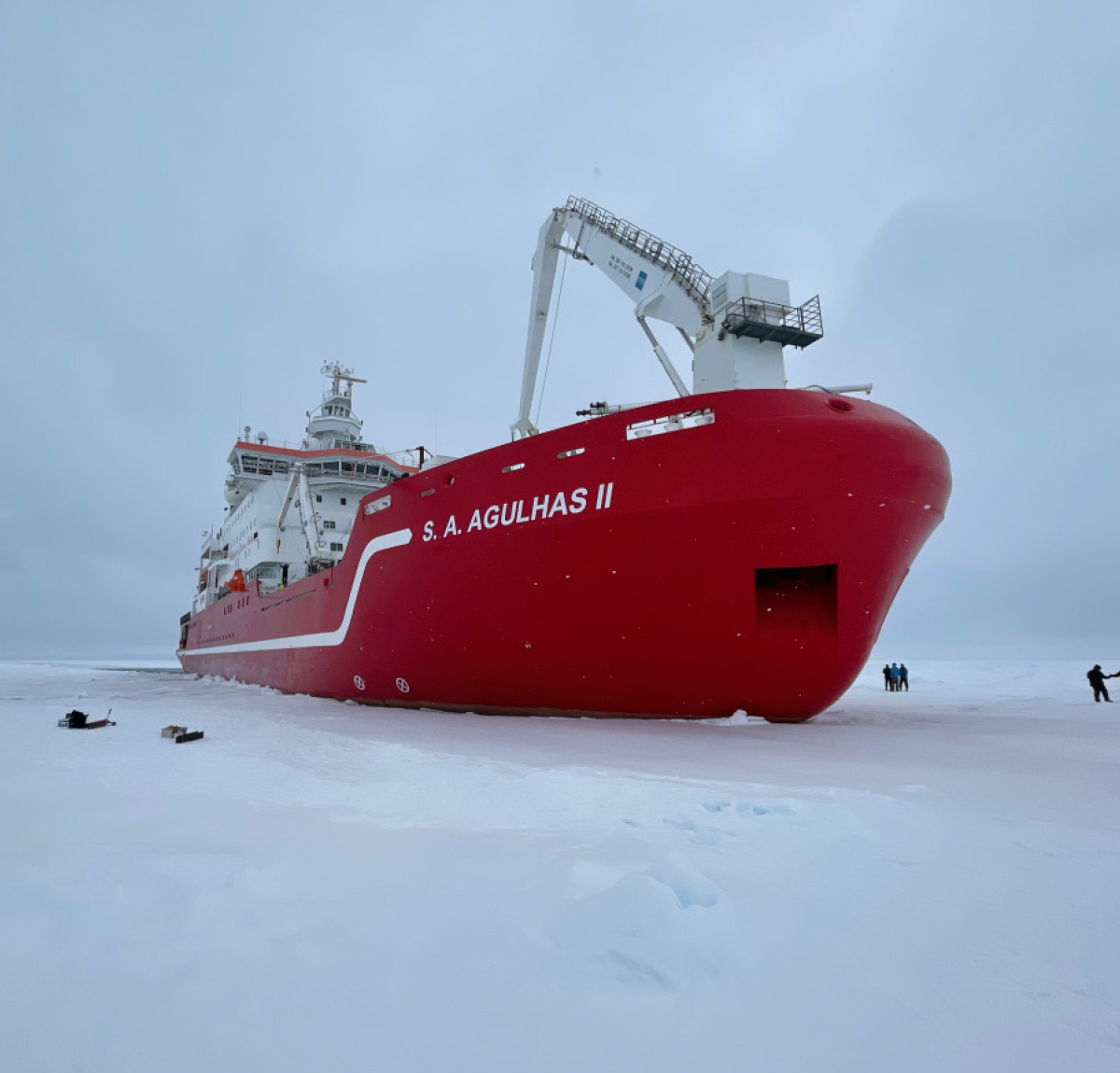
Top right: A vibrant sundog hangs over the Antarctic landscape. The Endurance22 crew spent a month traveling on the Weddell Sea looking for the wreckage of Endurance.
Photos courtesy of ROTAK Helicopter Services.
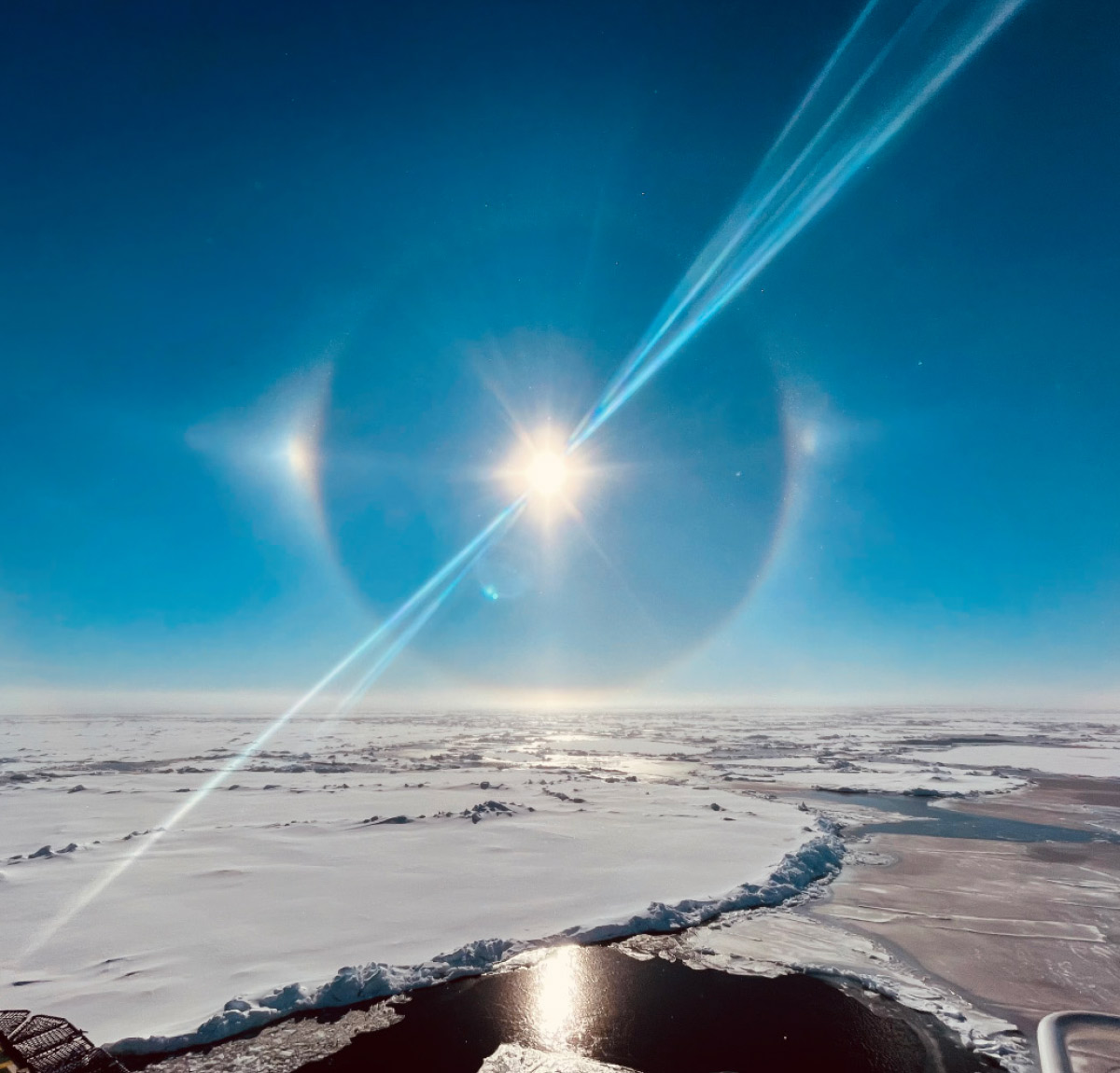

“We have extensive experience in cold, arctic climates,” says Brashar. “We do research prior to deploying halfway across the globe and we keep an open mind.”
Brashar says piloting a K-MAX in the Antarctic requires additional skills. Pilots need to adapt to constantly changing weather conditions and identify and avoid flat light and whiteout conditions. They also need to be capable of navigating with external loads in low-light conditions, have consistent vertical reference skills, good control of loads for placement on moving ship decks at speeds of 10 knots, and be able to place loads in workers’ hands with precision.
On March 5, 2022—100 years to the day after Shackleton was buried in South Georgia—Mensun Bound, director of exploration, reported on the Endurance22 website blog that the wreck was found upright and largely intact, with the ship’s name across her stern in perfect clarity. The Falklands Maritime Heritage Trust confirmed on the Edurance22 website that “Endurance was found at a depth of 3008 metres in the Weddell Sea, within the search area defined by the expedition team before its departure from Cape Town, and approximately four miles south of the position originally recorded by Captain Worsley.”
Since the wreck is protected as a Historic Site and Monument under the Antarctic Treaty, the wreck will remain in its location. The Endurance22 crew will survey the wreck using state-of-the-art technology. The new subsea data will help better understand Endurance, the sea ice in the Weddell Sea, and contribute to the protection of the wreck.
National Geographic EXPLORER series is scheduled to air a documentary of the Endurance22 expedition globally in the fall. Brashar says finding Endurance was the only way to close the chapter of this story and show the world in extreme detail its final resting place.
“Endurance is a symbol of perseverance, exploration, and a strong determination to survive the most extreme conditions,” says Brashar.